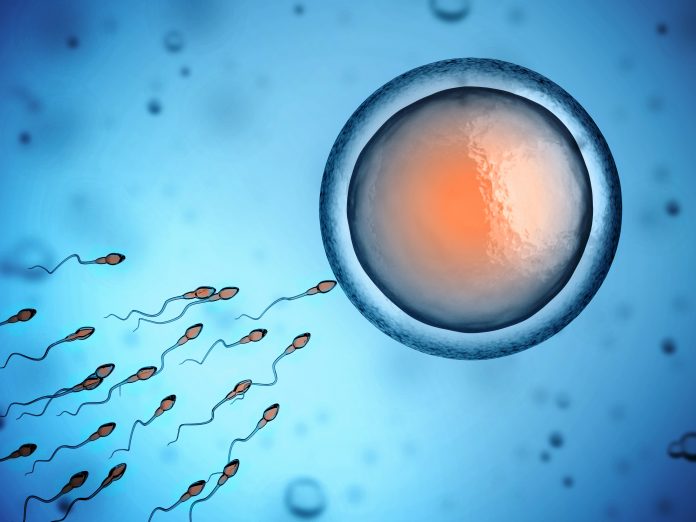Scientists made progress on the implementation of male birth control, which could someday split contraceptive responsibility between all genders
The expansion of male birth control options may finally be here. Presented at the spring meeting of the American Chemical Society (23 March), scientists have revealed a new non-hormonal male contraceptive that effectively prevents pregnancy in mice – with no obvious side effects.
Current day choices for female birth control are extensive, with options ranging from pills to patches to intrauterine devices 21st century women are still considered to be responsible for the majority of contraceptive decisions.
The potential positive impact of male birth control
Currently, there are just two effective forms of contraception for men – the male condom or the vasectomy.
Condoms are a single-use only option and are prone to failure, on the other side of the spectrum we have the vasectomy – a surgical procure – that is considered a permanent form of sterilisation for men (although sometimes can be reversed it is an expensive and not always successful procedure).
Finding an effective and long-term solution for male birth control could entirely shift the contraceptive industry and lessen the pressure on women and those with wombs from having to bear the burden of contraceptive responsibility.
The availability of an option for men – similar to the birth control pill for women and people with wombs – is strongly desired.
According to Dr Abdullah Al Noman, who presented the work at the meeting: “Scientists have been trying for decades to develop an effective male oral contraceptive, but there are still no approved pills on the market.”
Most compounds currently undergoing clinical trials target the male sex hormone testosterone, which could lead to side effects such as weight gain, depression and increased low-density lipoprotein (known as LDL) cholesterol levels.
“We wanted to develop a non-hormonal male contraceptive to avoid these side effects,” said Noman, a graduate student in the lab of Dr Gunda Georg, at the University of Minnesota.

Finding non-hormonal male birth control via reproductive biology
Researchers targeted a protein called the retinoic acid receptor alpha (RAR-α), this protein is one of a family of three nuclear receptors that bind retinoic acid, a form of vitamin A that plays important roles in cell growth, differentiation (including sperm formation) and embryonic development.
Knocking out the RAR-α gene in male mice resulted in sterilisation without any other obvious side effects. According to the researchers, other scientists have developed an oral compound that inhibits all three members of the RAR family (RAR-α, -β and -γ) and causes reversible sterility in male mice, but Georg’s team and their reproductive biology collaborators wanted to find a drug that was specific for RAR-α and therefore less likely to cause side effects.
Scientists used crystal structures instead of playing hormonal chess
To avoid adverse side effects, researchers closely examined crystal structures of RAR-α, -β and -γ bound to retinoic acid, identifying structural differences in the ways the three receptors bind to their common ligand.
With this information, they were able to design and synthesised approximately 100 compounds and evaluated their ability to selectively inhibit RAR-α in cells. They identified a compound, which was named YCT529, that inhibited RAR-α almost 500 times more potently than it did RAR-β and -γ.
The team gave this new compound to male mice for 4 weeks, the YCT529 dramatically reduced sperm counts and was 99% effective in preventing pregnancy, without any observable side effects.
Researchers found that the mice were fertile and could father pups again after stopping the compound for 4-6 weeks.
Is this a better future for birth control?
Women currently bear most of the financial and health-related burdens of contraception and have done for decades. Along with this, the majority of female birth control uses hormones control and therefore has a long list of potential and common side effects some of which are listed below.
- Headaches
- Nausea
- Spotting
- Irregular periods
- Increased blood pressure
- Mood swings
- Blood clots
Simply looking at the extensive list of common side effects that follow the hormonal pill above, and looking at the gender disparity its clear that research into an effective and non-hormonal contraceptive option for men could really change the landscape of contraception and lessen the burden on women and people with wombs











